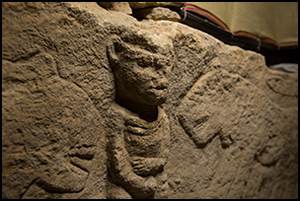Introduction
The archaeological record provides insights into prehistoric technology and, by extension, the daily life of prehistoric peoples and their societies. For certain periods, the evidence is more visible, and often includes an artistic dimension that conveys individual or social ideologies. One of the most striking periods in Near Eastern prehistory is the Neolithic, in which humanity transitioned from a migratory existence to a more sedentary life. The process of Neolithisation brought with it substantial changes to the cycle of daily life, subsistence strategies and technology, but perhaps most significantly to social relations, culminating in a redefinition of humanity's place in the world. The development of collective activities and rituals, and the construction of communal buildings with strong symbolic elements, was instrumental in advancing this new way of life—a phenomenon that has been widely discussed (see articles in Neo-Lithics 2005/2 and 2013/2; Hodder Reference Hodder2018).
In the Near East, the main evidence for these developments is distinct monumental structures such as pillars, along with representations of humans and animals, specific burial customs and ornaments. Some of these are particularly impressive, especially those from sites such as Göbeklitepe and Karahantepe in the Şanlıurfa district of south-eastern Turkey (Figure 1). In 2021, the site of Sayburç was added to this corpus. Here, a relief was discovered in a communal building that displays a scene depicting humans and animals. This scene has the narrative integrity of both a theme and a story, in contrast to other contemporaneous images, and represents the most detailed depiction of a Neolithic ‘story’ found to date in the Near East, bringing us closer to the Neolithic people and their world.
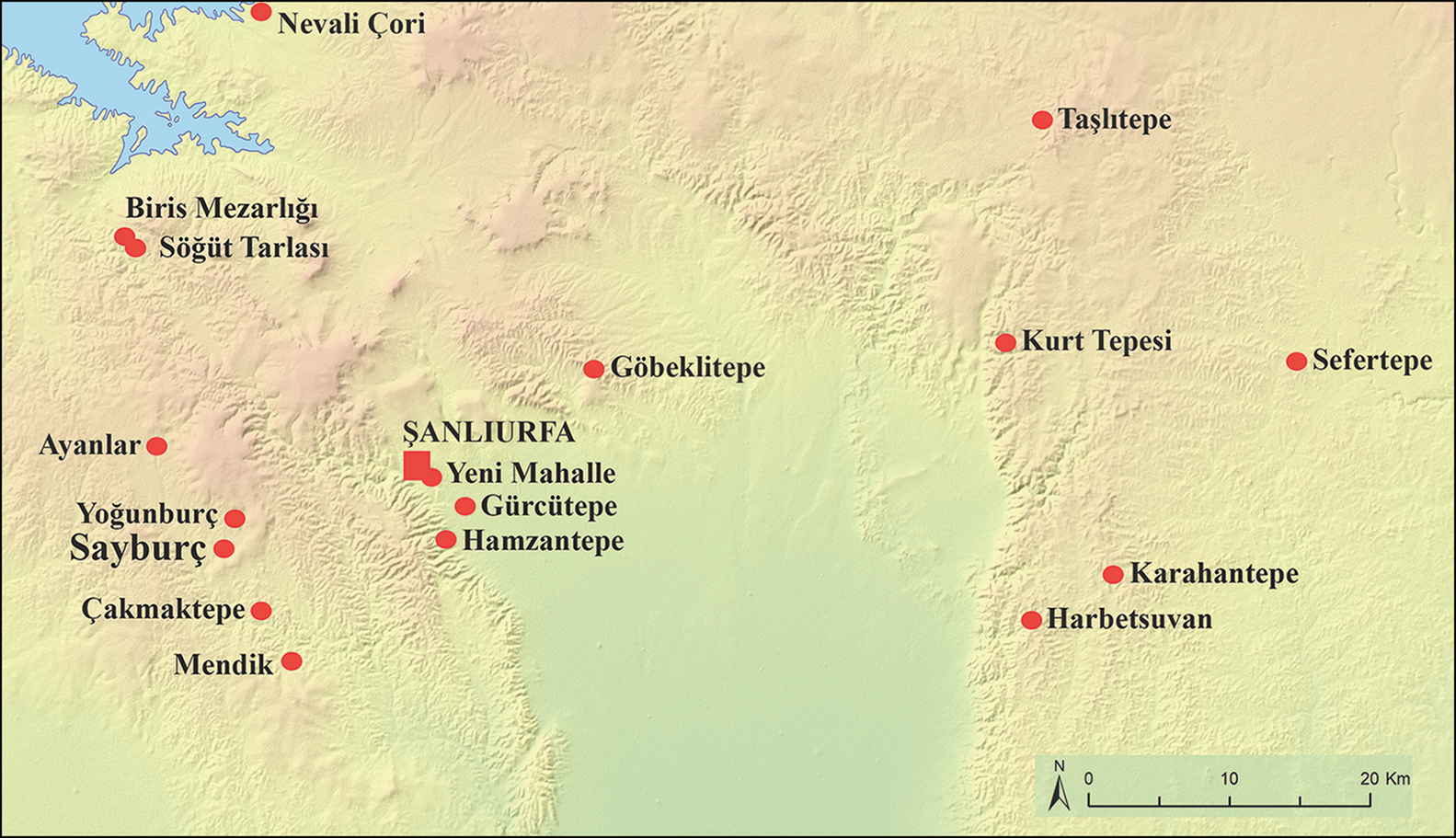
Figure 1. Map of the Pre-Pottery Neolithic sites in Şanlıurfa (map by E. Özdoğan).
The site and communal building
The site of Sayburç comprises a Neolithic mound, located 60km east of the Euphrates River, on the southern periphery of the eastern Taurus Mountains (Figure 1). It was mostly covered by the construction of the modern village of Sayburç in 1949, after which the site takes its name. Excavation of the site began in 2021, which revealed two separate Pre-Pottery Neolithic occupations. The first, which comprises communal buildings, is located in the northern part of the village, on the south-eastern edge of a small Roman settlement. The second, consisting of residential buildings, is located 70m further south. The communal building containing the relief was discovered in the northern occupation area. Here, two modern houses, one of stone, the other of concrete, had been constructed over the remains (Figure 2). To date, only half of the building has been excavated (Figure 3). The modern houses will be demolished in future field seasons to enable the Neolithic structure to be exposed in its entirety.
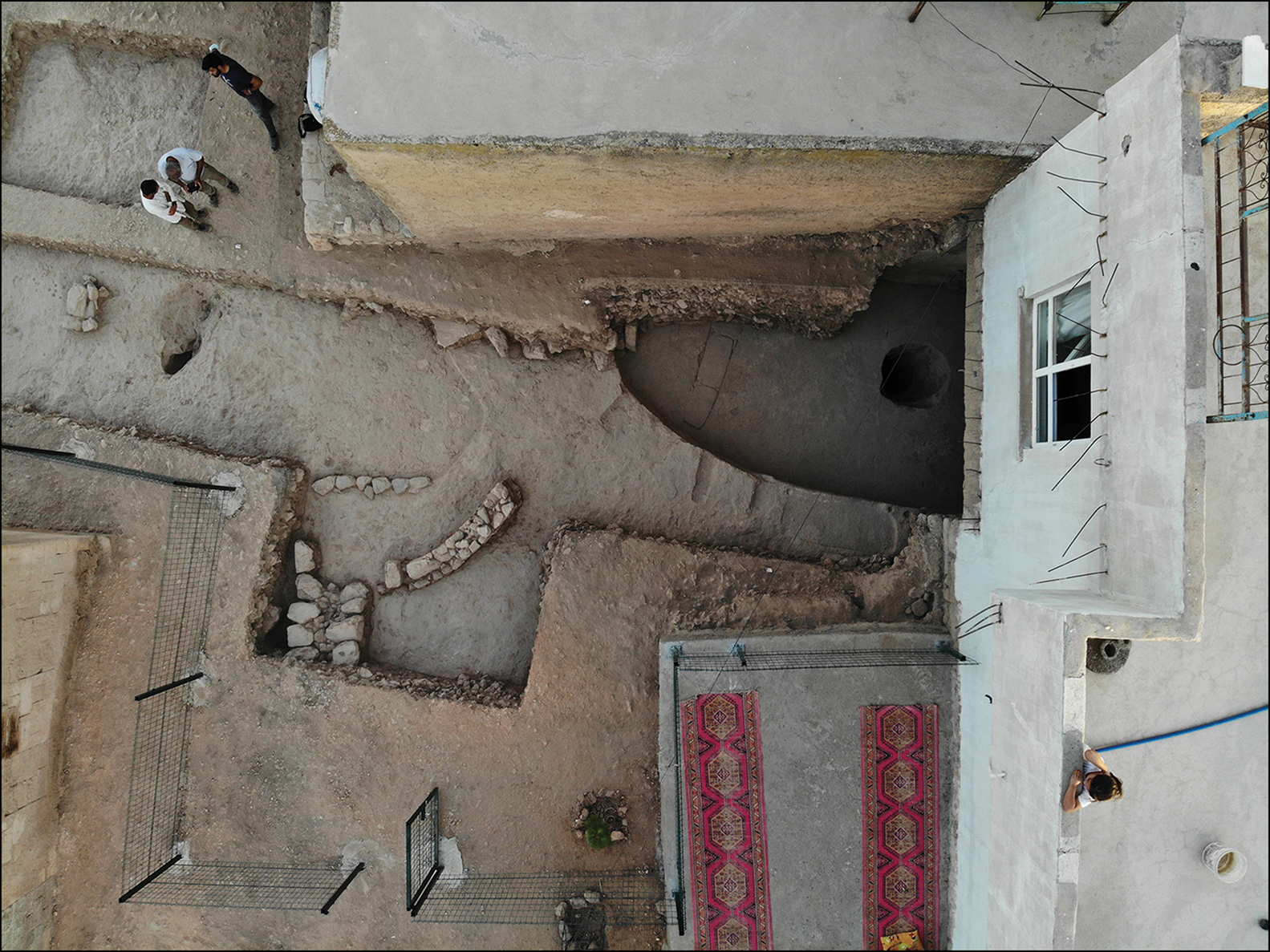
Figure 2. The position of the communal building, located between two buildings in the northern part of the village of Sayburç (courtesy of the Sayburç project archive).
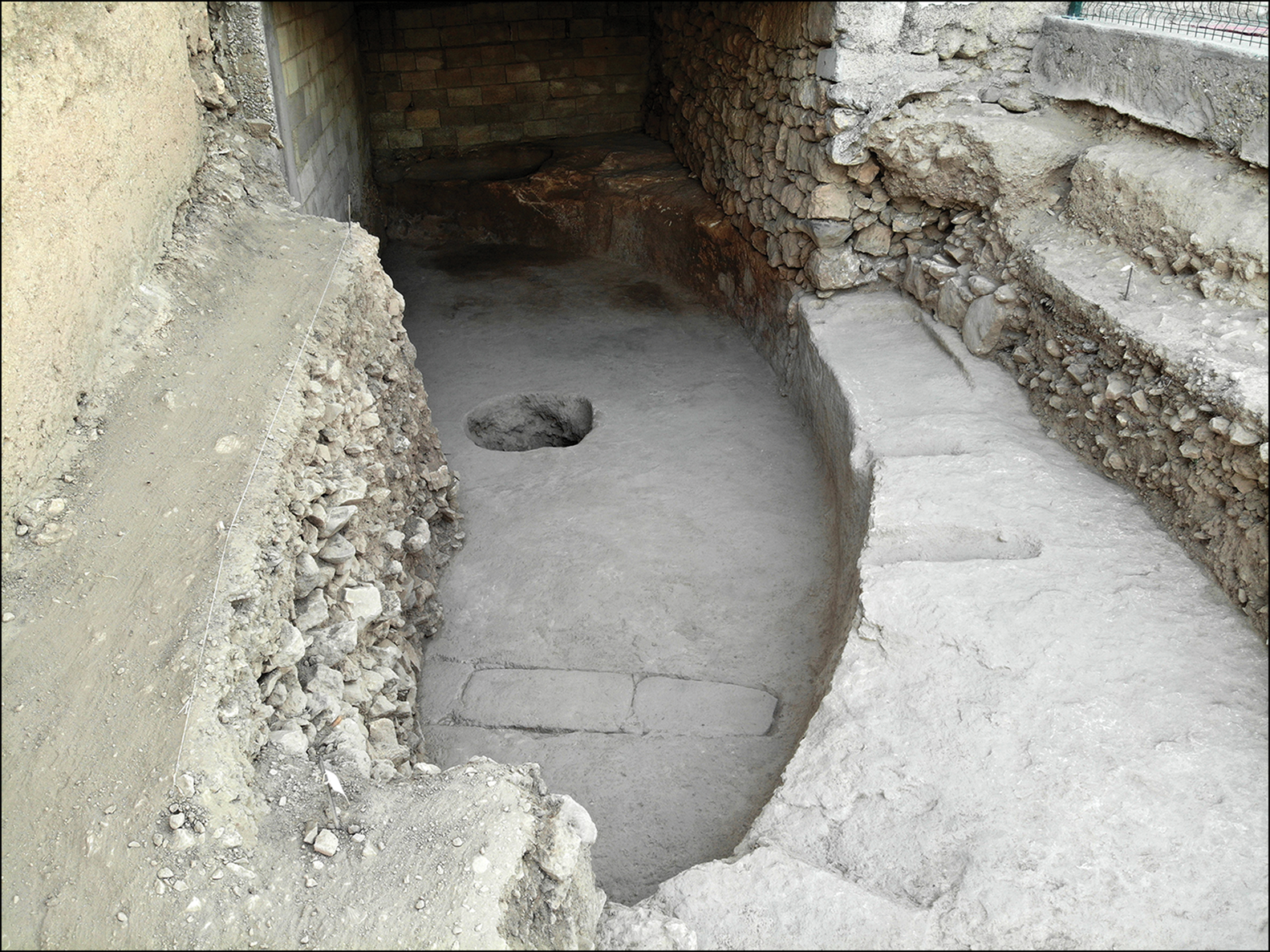
Figure 3. Extent of current excavations: only half of the communal building has been excavated to date (courtesy of the Sayburç project archive).
The communal building measures 11m in diameter, and was carved into the limestone bedrock, with stone-built walls that rest on a bench, which rises from the floor. The bench measures approximately 0.6–0.8m high and 0.6m wide and displays a number of ~0.4m-wide cavities extending along the wall, suggesting that it had originally been partitioned by pillars. The images engraved on the inner face of the bench (Figure 4), in combination with the size and structural features of the building, suggest that this must have been a place for special gatherings.

Figure 4. The Sayburç relief (photograph by B. Köşker).
The reliefs
Five figures are represented side-by-side on the inner face of the bench in the form of a 0.7–0.9 × 3.7m panel. Aside from a male figure fashioned in high relief, the other figures are carved in flat relief. The direction and stance of the figures imply that two related scenes are present. While the other figures are facing one another, only the male figure—in high relief—faces into the room, staring into the interior. This principal human figure holds its phallus in its right hand (Figure 5). It is comparable with the Neolithic human figures discussed by Müller-Neuhof (Reference Muller-Neuhof, Becker, Beuger and Müller-Neuhof2019: tab. 2). The rounded protrusions on the upper end of the legs appear to represent the knees, as if bent forward while sitting, and provide perspective. Although the head is damaged, a round face, large ears, bulging eyes and thick lips are evident. In particular, a triangular-shaped necklace or neckband is notable. This male figure is faced on each side by two leopards (Figure 6), which are depicted in profile. Their mouths are open, the teeth visible, and their long tails are curled up towards the body. The leopard to the west is depicted with a phallus, whereas the other is not.
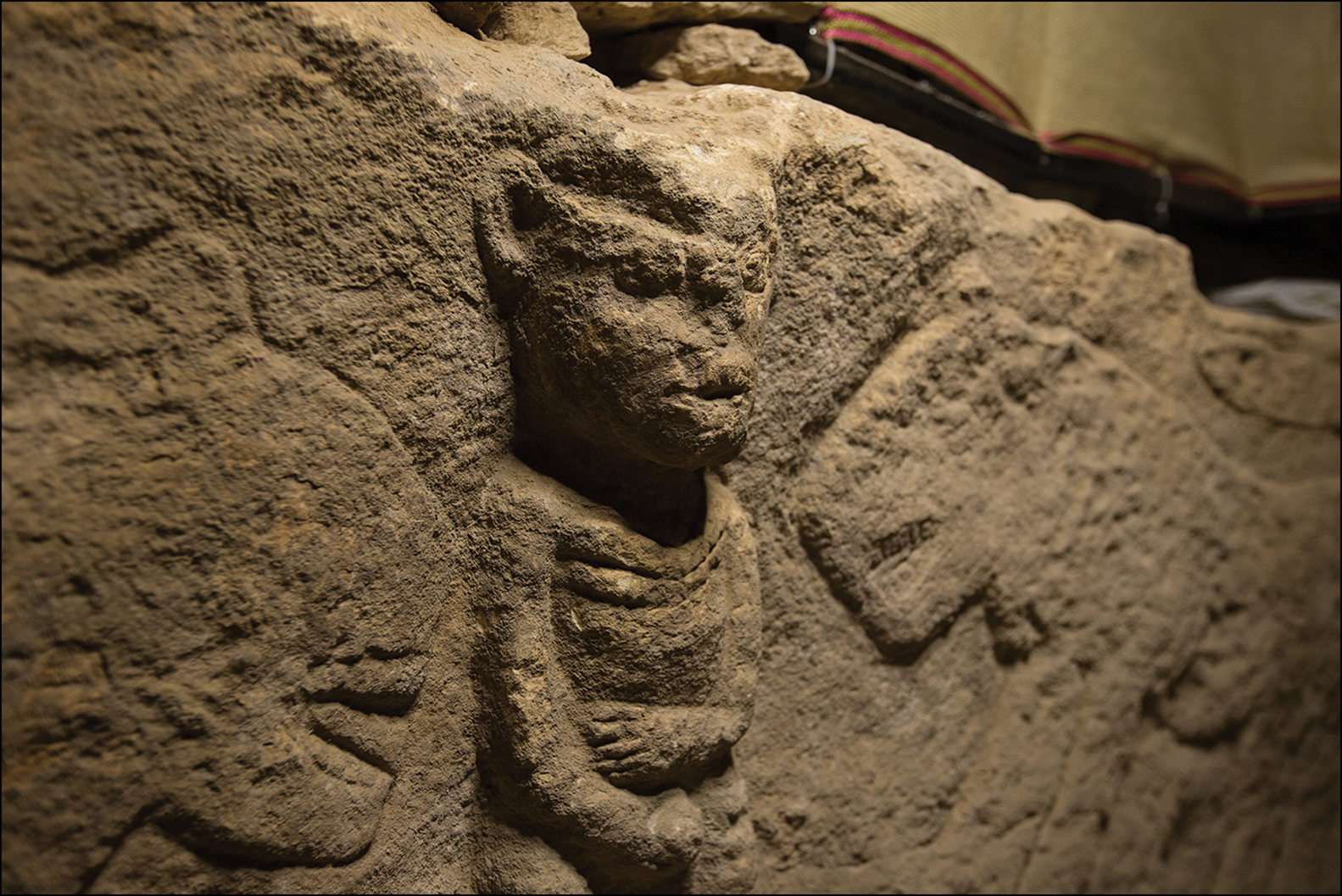
Figure 5. The male figure in high relief (photograph by K. Akdemir).
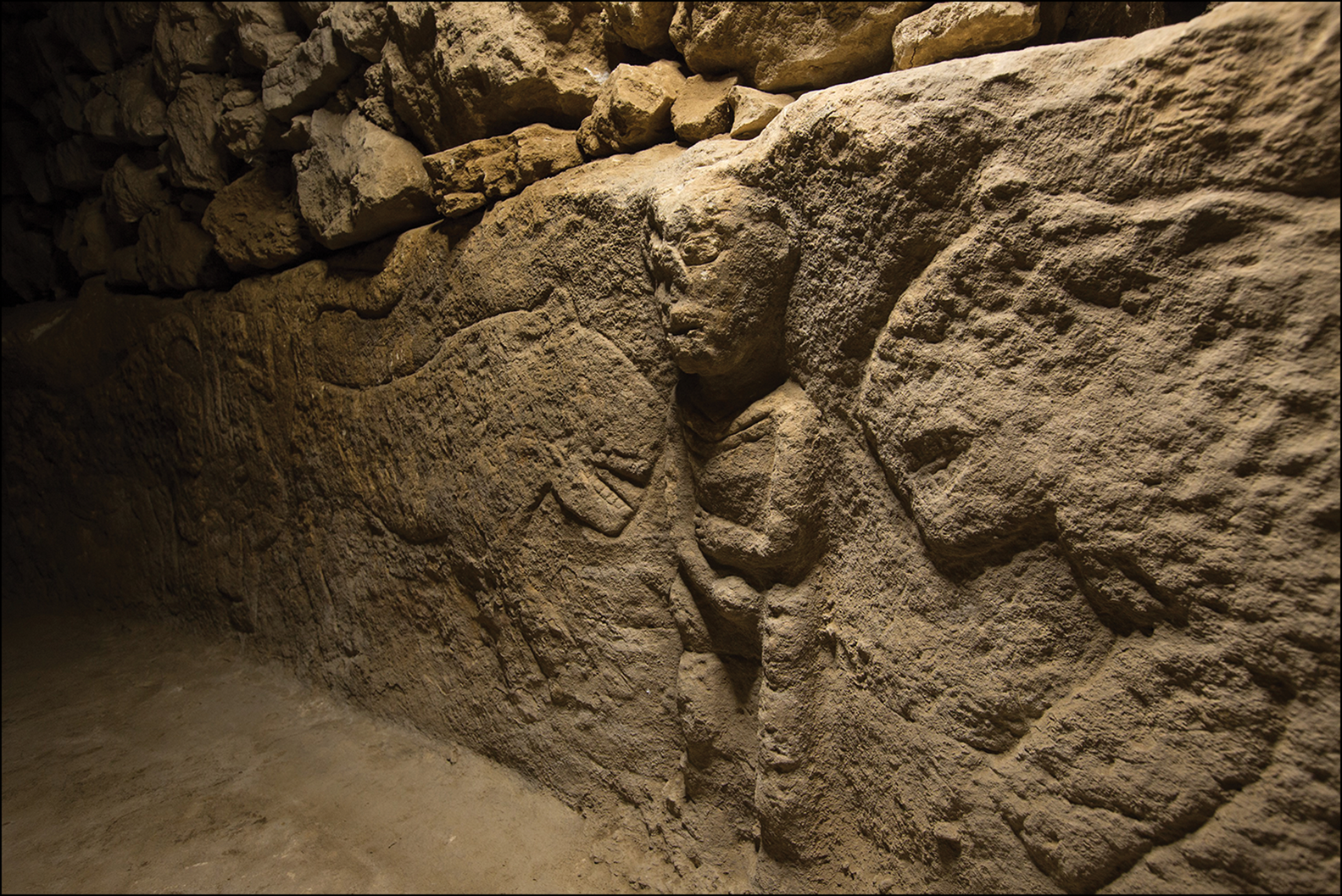
Figure 6. The male figure situated between two leopards (photograph by K. Akdemir).
To the west is a similar scene, in which a second human figure and a bull are depicted side on. The human appears to be male, with a phallus-shaped extension on the abdomen, and is shown in a slightly squatted position, with its back turned to the first three figures. Its raised, open left hand has six fingers, while the right holds a snake, or a rattle, with its head facing the ground. Although the body of the bull is portrayed from the side, its head is depicted as if from above, with both horns visible. This distorted perspective is comparable to that seen at other prehistoric sites (e.g. Schmidt Reference Schmidt2006a: fig. 46) and must have been deliberately chosen to emphasise the horns, which are exaggerated like the leopards’ teeth in the previous scene.
Conclusion
The Sayburç reliefs correspond to the style and themes of the Neolithic. Phalluses are the only elements identifying the sex of the figures, and emphasis is placed on predatory and aggressive aspects of the animal world, as represented by the depiction of dangerous features, such as teeth and horns, which has been observed at other sites (Özdoğan Reference Özdoğan, Boehmer and Maran2001; Verhoeven Reference Verhoven2002; Schmidt Reference Schmidt2006a, Reference Schmidt and Yalcin2013; Hodder & Meskell Reference Hodder and Meskell2011). The triangular-shaped neckband, composed of slanting lines on the upper chest of the high-relief figure, is characteristic of the Yeni Mahalle sculpture and the T-pillars from Göbeklitepe (Hauptmann Reference Hauptmann, Özdoğan, Hauptmann and Başgelen2003; Schmidt Reference Schmidt2006a). In terms of technique and craftsmanship, the flat relief figures are also comparable to other Pre-Pottery Neolithic images in the region. The Sayburç reliefs, however, differ in that the figures form a narrative, with the two individual scenes appearing to be related to one another. This human/animal relationship is emphasised by the interpretation of the T-shaped pillars in Göbeklitepe, which depict stylised humans alongside animal figures (Verhoeven Reference Verhoven2002; Schmidt Reference Schmidt2006a, Reference Schmidt2006b, Reference Schmidt and Yalcin2013). This relationship is also central in the depiction of human figures carrying animals on their backs found at Karahantepe (Karul Reference Karul2021) and in the composite sculptures from Nevali Çori (Hauptman Reference Hauptmann, Özdoğan, Başgelen and Kuniholm2011), where humans and animals are placed on top of one another. At Sayburç, however, this relationship is presented in a horizontal orientation, creating a different effect. By being represented on the same level, the comparable stature of humans and animals at Sayburç suggests a newly recognised dimension in the narratives of Pre-Pottery Neolithic people. The figures were undoubtedly characters worthy of description. The fact that they are depicted together in a progressing scene, however, suggests that one or more related events or stories are being told. In oral traditions, stories, rituals and strong symbolic elements form the foundation of the ideologies that shape society beyond spirituality. Schmidt (Reference Schmidt and Yalcin2013: 152) interpreted Göbeklitepe, with its powerful symbols, as a new connection point for memory in a changing world. The Sayburç reliefs, then, can be seen in a similar light: the reflection of a collective memory that kept the values of its community alive.
Funding statement
This research was carried out with the permission and support of the Ministry of Culture and Tourism of the Republic of Turkey, and Istanbul University (project no. 38707). I would like to express my gratitude to all supporting institutes.

